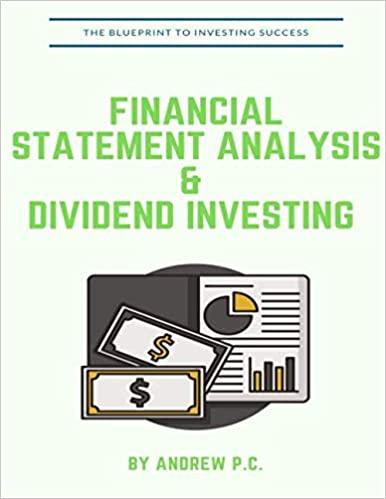Question
Consider a large corporation considering a project with the following expected unlevered free cash flows (UFCF). Year 1 2 3 E0(UFCF) 80 8080 A. Based
Consider a large corporation considering a project with the following expected unlevered free cash flows (UFCF).
Year 1 2 3
E0(UFCF) 80 8080
A. Based upon the CAPM, the discount rate for these UFCF is rU = 8% per year. Determine the market value (unlevered) of this project.
B. Assume this project now faces an event risk (not previously accounted for) that results in a -80 UFCF impact for any period in which the event occurs (project produces UFCF of 0 instead of 80 for that period). The risk impacts only the UFCF in that period. Assume the probability of the event occurring is 5% in any period and event is independent across periods.
1) Draw out the tree of possible cash flow outcomes for this project and determine the expected UFCF each period.
2) If this event risk did not affect the discount rate for the E(UFCF), determine the market value (unlevered) of this project inclusive of this risk. What are the best and worst possible outcomes of this project given this risk and how likely are they?
3) Assume an insurance policy is available for this risk that involves annual payments at time 0, 1 and 2 (in advance for each year). Assuming the discount rate for the insurance payments is the risk-free rate of 2% per year, determine the premiums in perfect markets (equal annual premiums for years 0, 1 and 2) of an insurance policy that fully compensates the project for any loss from the risk each period. (hint: calculate the loss in project value today due to the risk and then solve for the PMT of an immediate annuity (the premiums on the insurance policy paid in years 0, 1, 2) with a PV (discounted at rF) that is equal to this difference in project value)
4) Explain how adverse selection and moral hazard would be concerns to an insurance firm offering a policy on this risk at this price. How might they be manifest and how could they be controlled?
C. Assume now that the impact of this risk event is just for a single period but is permanent. The event occurring now results in a permanent impact on UFCF of -80 for the current and all future UFCFs. The event still occurs each period with a 5% probability (independent across periods) but each time it occurs, the UFCF are permanently decreased to zero (so the effects of any event are permanent).
1) Draw out the tree of possible free cash flow outcomes for this project and determine the time zero expected UFCF each period.
2) If this event risk did not affect the discount rate for the E(UFCF), determine the unlevered market value of this project inclusive of this risk. What are the best and worst possible outcomes of this project given this risk and how likely are they?
3) Assume an insurance policy is available for this risk that involves annual payments at time 0, 1 and 2 (in advance for each year). Determine the perfect market price (equal annual premiums for years 0, 1 and 2) of an insurance policy that fully compensates the project for any loss from the risk each period.
4) Suppose this event was correlated with other market returns such that it resulted in the discount rate for this project rising by 1% from 8% to 9%. What would the market value (unlevered) of the project be under these assumptions?
D. Now consider a different risk to this project (ignore risks above). This risk is like a coin flip risk. During each period a coin is flipped and a head results in an increase in realized UFCF of 10 and a tail results in a decrease in realized UFCF of 10 each period over the UFCFs given at the top of the page. The coin flip occurs in years 1, 2 and 3.
1) Draw out the tree of possible free cash flow outcomes for this project and determine the expected UFCF each period.
2) If this event risk was uncorrelated with market returns, determine the market value (unlevered) of this project inclusive of this risk. Compare this to your answer in part a above and explain this in light of the project in part d clearly having more risk.
3) Suppose this risk was correlated with market returns such that it increased the beta resulting in an increase in the discount rate from 8% to 9%. Determine the market value (unlevered) of the project under these assumptions and compare to your answer in part c.iv. Explain any difference.
Step by Step Solution
There are 3 Steps involved in it
Step: 1

Get Instant Access to Expert-Tailored Solutions
See step-by-step solutions with expert insights and AI powered tools for academic success
Step: 2

Step: 3

Ace Your Homework with AI
Get the answers you need in no time with our AI-driven, step-by-step assistance
Get Started


